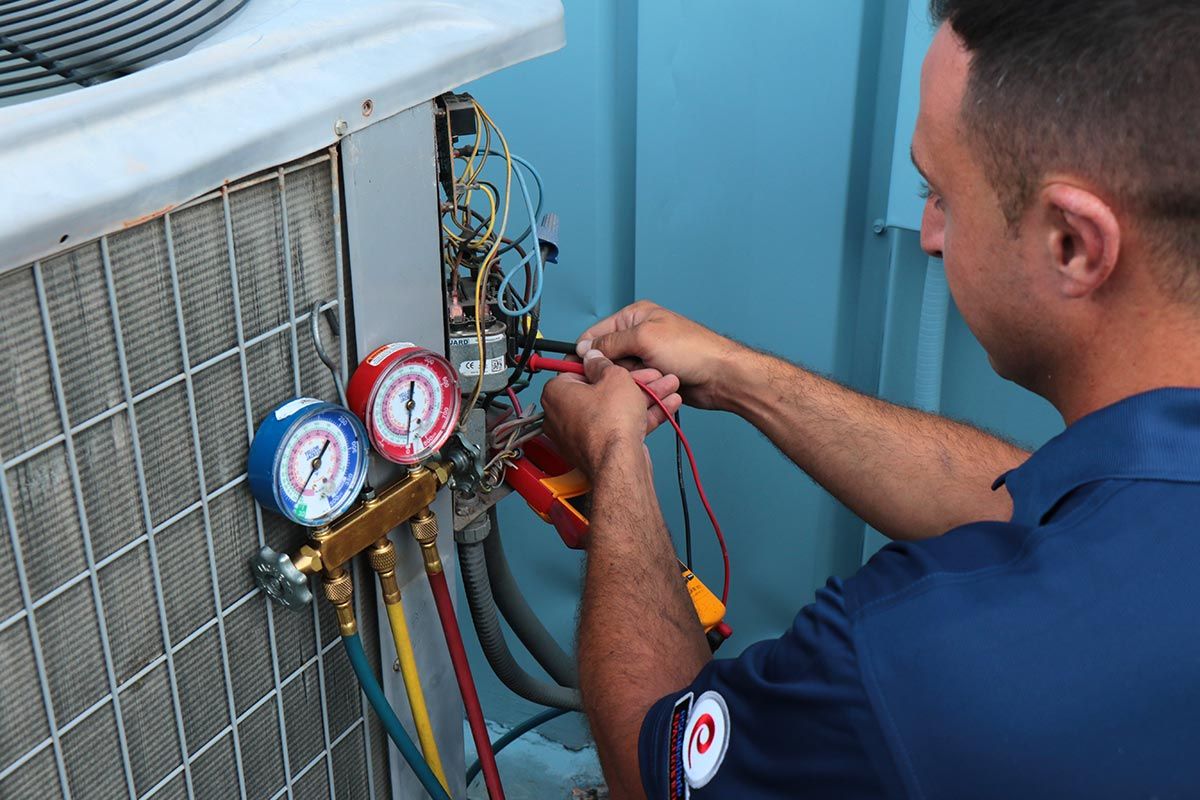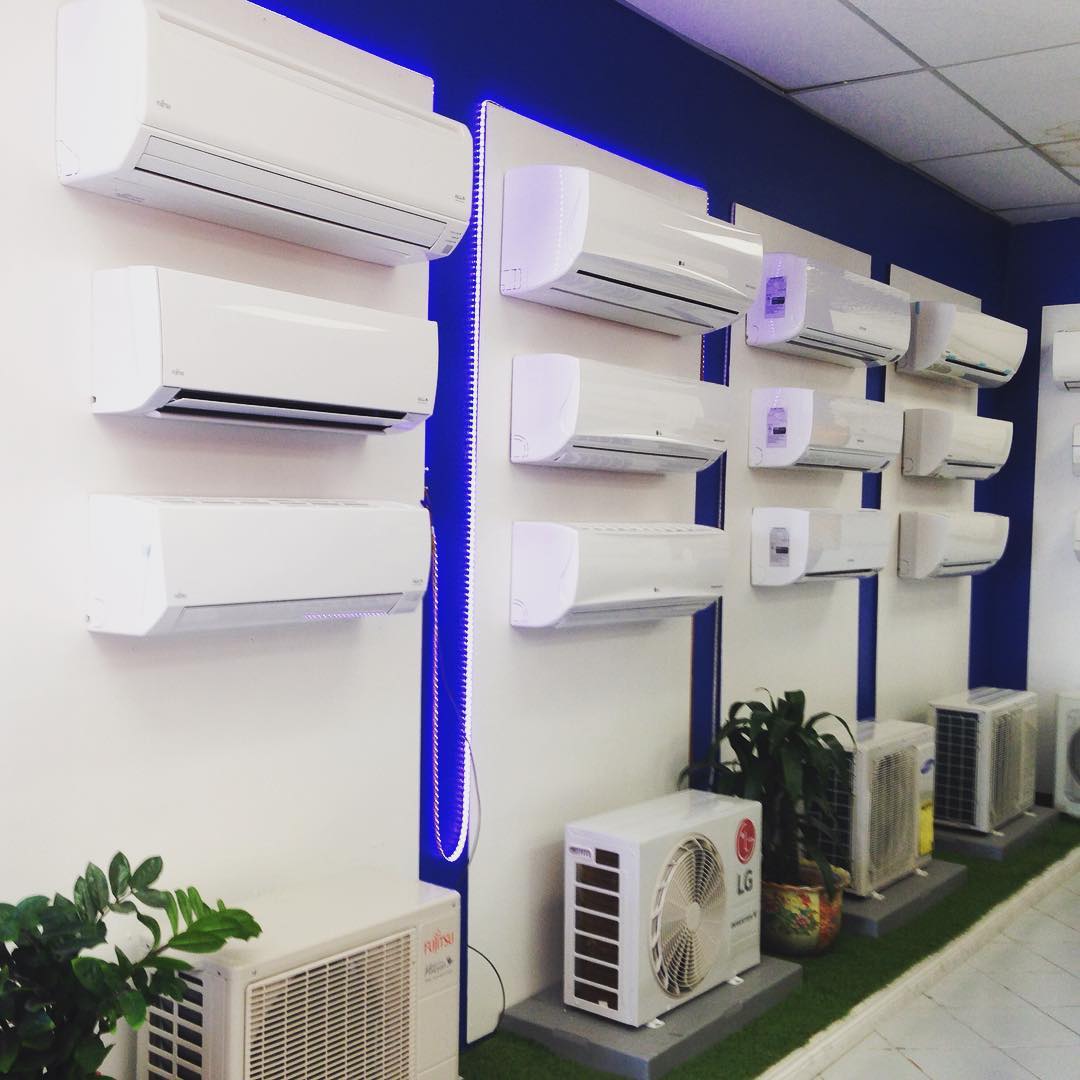Did you recognize that 85% of all cooling problems can be solved without the need for expert help? When your AC begins acting up, comprehending where to start troubleshooting is vital.
From strange noises to cozy air burning out, these concerns can be discouraging. Yet anxiety not, just like a few easy steps, you could be able to identify and take care of the problem yourself.
So, prior to you think about calling a technician, let's check out some typical air conditioner issues and how you can tackle them head-on.
Secret Takeaways

- Address unusual noises quickly to prevent additional damage.
- Guarantee proper air flow by cleansing filters and uncloging vents.
- Check refrigerant degrees and clean components for optimum cooling.
- Regularly preserve and clean the air conditioning to avoid leakages and breakdowns.
Unusual Sounds
If your ac system is making weird audios, do not disregard them as they could indicate a potential concern. One typical resource of these sounds might be compressor issues. A loud knocking or clanking audio may recommend that there are issues with the compressor, which is an essential component responsible for flowing refrigerant. Disregarding this could bring about additional damages and a possible malfunction of the system.
An additional feasible reason for uncommon sounds might be follower concerns. If you hear shrilling or squealing audios coming from your AC system, it might point towards problems with the follower motor or blades. The follower plays an essential role in ensuring appropriate airflow and ventilation within the system, so resolving any fan-related noises quickly is necessary to protect against any disruptions in cooling down effectiveness.
Weak Airflow
Experiencing weak airflow from your air conditioning unit can be an indicator of underlying problems that require to be dealt with quickly. 2 usual wrongdoers for this trouble are a filthy filter and blocked vents. A dirty filter limits the air movement by capturing dirt and debris, making it harder for air to pass through. This can lead to lowered air movement and an overworked system. To resolve this, locate the air filter in your unit and either tidy or replace it according to the producer's suggestions.
Blocked vents can also hinder air flow. Inspect all the vents in your house to assure they're open and unhampered. Often furniture or items put near vents can unintentionally block the air flow. By repositioning any kind of obstructions, you can assist enhance the blood circulation of great air throughout your room. If these steps don't boost the air flow, it may be time to call a specialist specialist to evaluate your cooling system even more.
Cozy Air Blowing
When cozy air is blowing from your air conditioning system, it may show a prospective problem that requires troubleshooting. Below are some crucial areas to check:
- Thermostat setups: Ensure that your thermostat is set to the correct temperature level and cooling down mode. Often, a straightforward adjustment to the settings can solve the problem of cozy air blowing from the air conditioner unit.
- Cooling agent degrees: Reduced cooling agent levels can trigger the air conditioner to blow warm air. If you think this is the concern, it's finest to speak to a professional HVAC specialist to examine and re-fill the refrigerant as needed.
- Air filter and condenser coils: A stopped up air filter or unclean condenser coils can restrict air movement and hinder the cooling procedure, bring about cozy air being blown out. Frequently examine and change the air filter as required, and make certain the condenser coils are clean and free from debris to aid preserve peak cooling efficiency.
Leaking or Dripping Water
Look for water leaks or leaking from your air conditioning system to determine potential concerns that need focus. Dripping water can be an indication of issues such as condensation build-up or a stopped up drainpipe.
Condensation accumulation takes place when cozy air overlooks the cold evaporator coils within your air conditioning unit. This process triggers moisture in the air to condense into water droplets. Typically, this water is gathered and receded appropriately. Nevertheless, if you observe water dripping from your device, it can indicate an obstruction in the water drainage system.
A blocked drainpipe is an usual problem that can cause water leakage. emergency ac repair With time, dirt, dirt, and algae can collect in the drainpipe line, causing a blockage. This blockage avoids water from being effectively drained pipes, causing leaks or drips from the system.
To attend to these concerns, you can try clearing the drain line utilizing a wet-dry vacuum or a combination of bleach and water to get rid of any obstructions. Regular maintenance and cleaning can help avoid condensation accumulation and clogged up drains pipes, maintaining your a/c unit running efficiently.
Air conditioning Not Activating
If your cooling device isn't turning on, initial examine the source of power and thermostat settings to repair the problem.
- Power Source: Make sure that the a/c is plugged in appropriately which the outlet is working. Occasionally a stumbled circuit breaker or a blown fuse could be the factor for an absence of power to the AC unit.
- Thermostat Setups: Check the thermostat to ensure it's set to a temperature below the present space temperature. If the thermostat is battery-operated, change the batteries to see if that settles the issue.
- Air Filter: A dirty air filter can limit airflow and trigger the air conditioning system to shut down. Examine the air filter and replace it if it appears clogged up or dirty.

Regularly Asked Questions
How Can I Enhance the Total Performance of My Air Conditioning Unit?
To enhance your a/c unit's performance, beginning by getting duct cleansing done regularly. This assists protect excellent air flow.
Next off, do an insulation check to stop any air leakages that might make your system job harder.

These basic actions can make a big difference in exactly how well your a/c device operates, keeping you amazing and conserving you cash on energy costs.
What Are Some Usual Upkeep Tasks I Can Execute to Keep My A/c Running Smoothly?
To maintain your air conditioner running efficiently, make sure to clean up the coils consistently and check the refrigerant degrees. These jobs are crucial for preserving the performance of your system.
By cleaning the coils, you guarantee correct air flow and cooling. Monitoring cooling agent degrees assists prevent problems like overheating.
Routine maintenance such as this will maintain your cooling system working successfully and extend its lifespan.
Exist Any Safety Tips I Should Be Aware of When Fixing My Cooling Unit?
When troubleshooting your a/c unit, bear in mind to focus on electric safety to prevent accidents.
Constantly turn off power before working with your heating and cooling system.
Be cautious of refrigerant leakages, as they can be damaging.
Regular cooling and heating evaluations and condenser cleaning can aid maintain your device and prevent safety threats.
Remain watchful and comply with safety standards to assure a smooth repairing procedure and a well-functioning air conditioning system.
Just how Commonly Should I ReplACe the Air Filters in My Air Conditioning Device?
You should replace the air filters in your AC unit every 1 to 3 months for top efficiency.
The frequency of filter substitute depends on factors like the sort of filter you use and just how frequently you run your ac system.
High-efficiency filters may require transforming less frequently, while fundamental filters need to be changed more often to keep your system running smoothly.
Normal filter adjustments assure reliable airflow and better air top quality in your home.
Can I Install a Programmable Thermostat to Aid Control the Temperature Level in My Home Better?
Yes, you can set up a programmable thermostat to assist control your home's temperature level better. By establishing particular temperatures for various times of the day, you can accomplish energy financial savings.
To install, make sure to turn off power, tag cords, mount the new thermostat, connect the wires, and program it according to your schedule.
Appreciate better temperature level control and potential power cost savings with a programmable thermostat.
Conclusion
To conclude, repairing usual air conditioning problems doesn't need to be a challenging task. By complying with these simple DIY steps, you can conveniently deal with issues like:
- uncommon noises,
- weak air flow,
- cozy air blowing,
- leaking water,
- a system that won't turn on.
Remember to constantly prioritize security and get in touch with a professional if needed.
With a little persistence and know-how, you can maintain your air conditioner running smoothly and your home cool and comfy.
